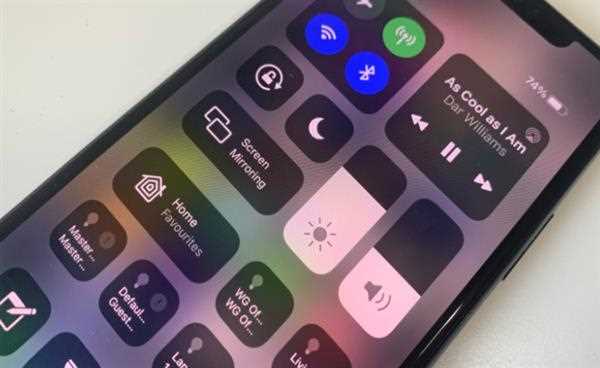The Control Center on an iPhone is a convenient and accessible feature that provides quick access to various settings and functions of the device. It serves as a centralized hub for managing key features and controls without the need to navigate through multiple menus and settings.
The primary role of the Control Center is to allow users to toggle commonly used settings and access essential functions with just a swipe and a tap. By swiping up from the bottom of the screen (or swiping down from the top-right corner on iPhone X or newer models), users can reveal the Control Center panel, which houses a variety of controls and shortcuts.

One of the prominent features of the Control Center is the ability to manage connectivity options. Users can easily turn Wi-Fi on or off, enable or disable Bluetooth, and control the device's airplane mode. This is particularly useful when users need to quickly switch between different networks or conserve battery by disabling unnecessary connections.
Another crucial function of the Control Center is media control. Users can conveniently play, pause, skip, and adjust the volume of media playback without needing to open the specific app. This feature is particularly handy when listening to music, watching videos, or engaging in other forms of media consumption.
The Control Center also provides easy access to essential system settings. Users can quickly adjust the brightness of the screen, enable or disable the screen rotation lock, and control the device's flashlight. These controls make it simple to adapt the device to various lighting conditions and perform tasks that require additional illumination.
Additionally, the Control Center offers quick shortcuts to frequently used utilities. It includes controls for the camera, allowing users to launch the camera app or switch between different camera modes swiftly. Furthermore, the Control Center provides easy access to the timer, calculator, and flashlight, eliminating the need to search for these functions within the app grid.
Users can also access features related to audio playback, such as adjusting the audio output destination, enabling or disabling Do Not Disturb mode, and controlling AirPlay functionality for streaming audio and video to compatible devices.